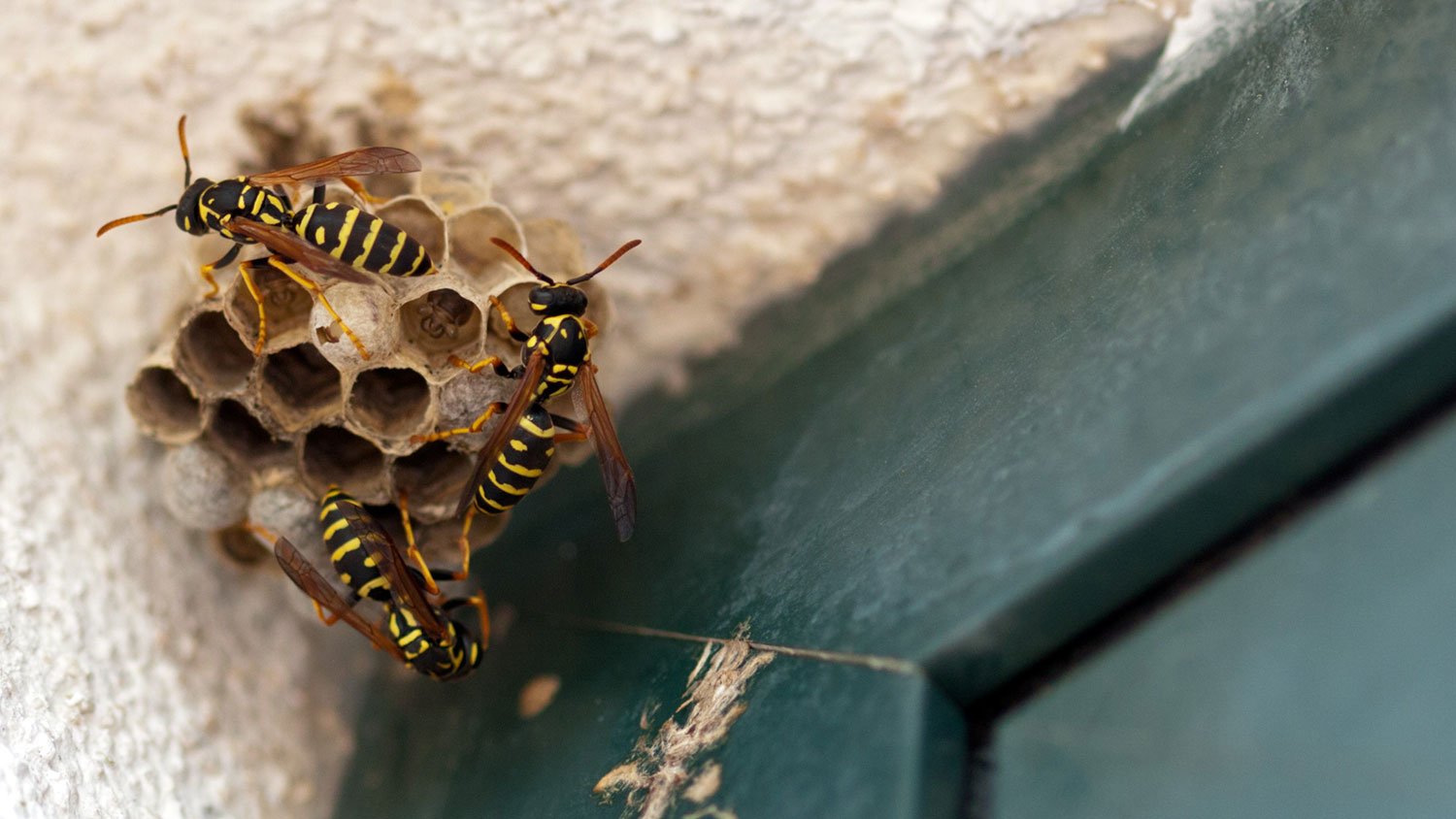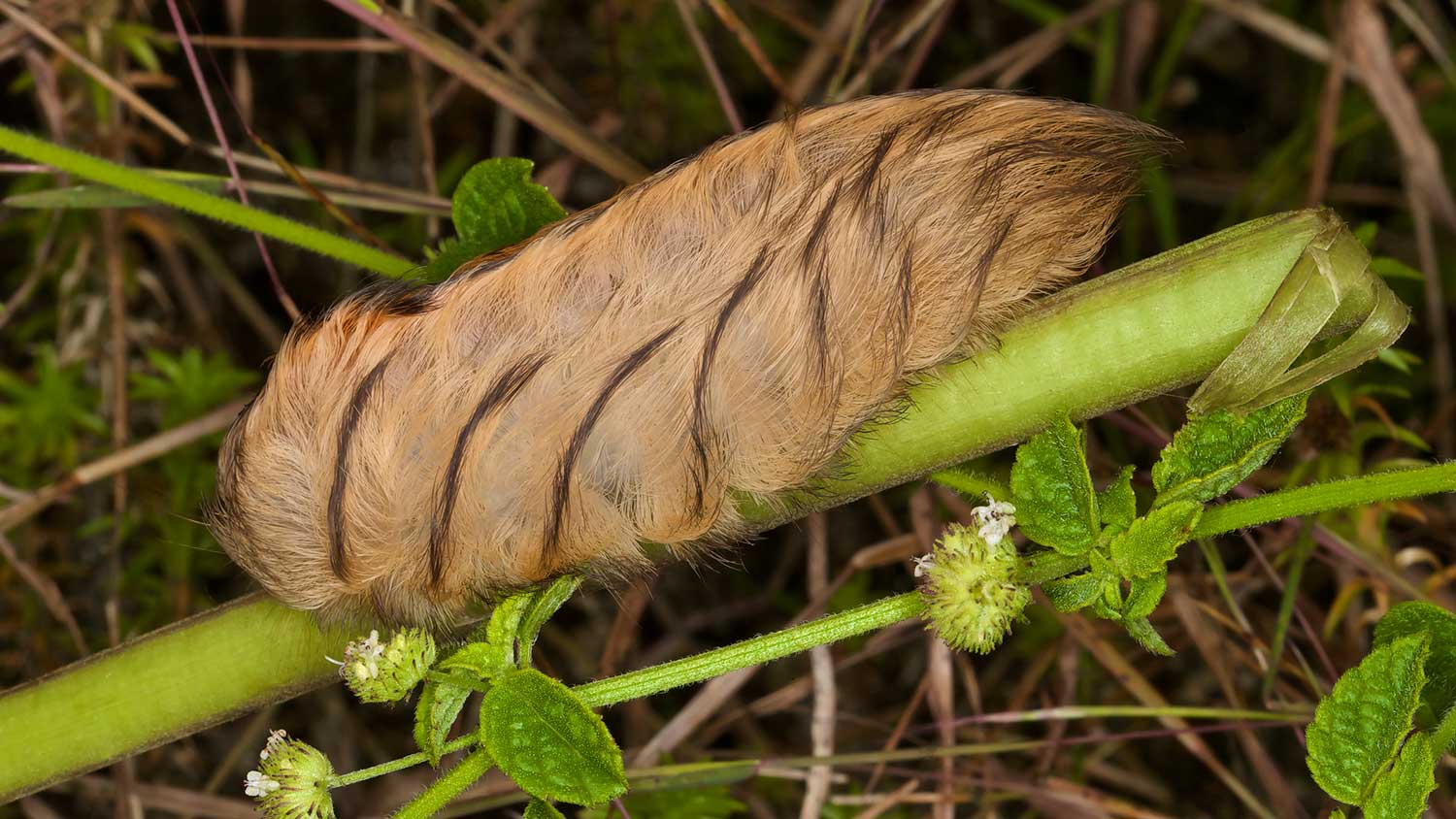
Whether you have bugs, bats, or rodents invading your home, you’ll want to contact an exterminator quickly. Find out how much pest control costs in Columbus, OH.
Keep these insects on the brain to avoid potential pain


The great outdoors is filled with pleasurable and painful experiences, whether from flora or fauna. Unfortunately, taking in all of nature’s sights, sounds, and smells carries the risk of getting stung by the creatures that call it home. Here are the main types of stinging insects to be on the lookout for.
Not all ants will sting—some are perfectly content to ravage your picnic or the crumbs in your kitchen. However, certain ants have an excruciating sting and will swarm anyone who disturbs their nest. These are the main types of stinging ants to avoid in the U.S.
The most aggressive of the bunch, fire ants can sting multiple times in rapid succession. These ants are found mainly in the subtropical southeastern parts of the U.S. and California. They’re recognizable by their red or copper-colored head and thorax, with a dark reddish-brown abdomen. They’ll go after humans and pets alike, so it’s essential to locate and avoid nests where possible.
Also known as agricultural ants, harvester ants collect seeds and mushrooms, storing them in communal nest chambers called granaries. These small ants reside in Florida or west of the Mississippi River and can be orange, red, or brownish-black. Bare patches in grass or vegetation are a telltale sign of a nest. They bite down on their victim and quickly deliver multiple and painful, long-lasting stings when threatened.
Most types of bees sting, though they’ll typically only go after humans if provoked. Bees aren’t like their much angrier relative, the wasp—most are very docile. They’re also beneficial insects for your garden, so it’s best to cohabitate peacefully with them and maintain a safe distance.

The most notorious of all the stinging insects, wasps can be highly territorial and aggressive around their nests. Unlike bees, they’re not fuzzy, and they’re typically longer, more slender, and either striped or dark-colored. Also, wasps can be dangerous to have around since they can sting many times and use pheromones to call other wasps to attack.
Once you’ve discovered a nest on your property, getting rid of wasps is an ordeal. Not only is it dangerous, but it’s also very tricky to tackle all of them (and whatever’s left can rebuild the nest). It’s always worth investing in the cost of professional wasp removal rather than risking DIY removal. Contact a local exterminator ASAP if a wasp nest poses a risk to you and your family.
Hornets are a very volatile type of wasp. Unlike most other wasps that build their nests underground, hornets build an above-ground one with a papery cover. You can find their dwellings most often under eaves and crevices in the home and up in trees.
As if the many legs aren’t enough reason to steer clear of this creepy crawler, a centipede can also inflict a painful sting. However, they’re generally not aggressive toward humans and will only sting when provoked. Since they chow down on household pests like silverfish, cockroaches, and ants, it’s actually a good idea to keep them around.
Certain species of caterpillars have venomous spines that cause a burning inflammation on the skin. Human contact isn’t common, but it’s important to recognize them and stay away if you see them. These are the most common types to be aware of.

Just like their cringe-inducing namesake, pus caterpillars are typically pale yellow, reddish-brown, or gray. They’re roughly 1 inch long and covered with a dense layer of hairs. Stings can cause extreme swelling and are particularly dangerous to young children.
An unusual sight to behold, hag moth caterpillars have a flat body with nine pairs of protruding appendages. Though these look like legs, they actually aren’t—the real ones are concealed underneath the caterpillar’s body. They’re commonly found on shade trees and ornamental shrubs such as dogwood, roses, sassafras, hickory, and alder.
The saddleback caterpillar has a brown body and an apple-green midsection. There's a saddle-shaped brown mark on the very top of its green midsection with a white border. Knobby protrusions on the side of its body contain venom-filled spines that can be extremely painful. In sensitive individuals, severe reactions can occur.
Even if they don’t have a nasty stinger, a wide range of insects can inflict a painful bite. The main difference between these two attacks is that insect stings involve stingers or spikes, and insect bites come from the mouth or pincers. The irritation in a bug bite comes from saliva rather than venom in most cases. The exception here is the spider’s venomous bite (though it’s technically an arachnid rather than an insect).
While the “ouch” factor of an insect sting is enough to ruin your day, it can also cause a deadly allergic reaction known as anaphylaxis. This can cause severe symptoms such as wheezing, difficulty breathing, and loss of consciousness. An adrenaline auto-injector is always good to have on hand, especially if you have small children or family members that have never gotten pricked.
Remember that we share the great outdoors with all creatures great and small, and it's important to be on the lookout. By studying the appearances and behavior of stinging insects and being aware of our surroundings, we can greatly reduce the likelihood of getting stung.
From average costs to expert advice, get all the answers you need to get your job done.

Whether you have bugs, bats, or rodents invading your home, you’ll want to contact an exterminator quickly. Find out how much pest control costs in Columbus, OH.

When calculating the cost of hiring a flea exterminator, consider your home size and the infestation extent. This guide will help you figure out what to budget.

Sometimes birds nest in unwelcome places. Find out how much bird nest removal will cost based on factors like location, bird species, and preventative measures.

If you see a mouse hole in the wall, it’s time to seal your house from mice. Our guide will show you how to safely and humanely seal a house from mice.

Roof rats can damage your home and potentially spread diseases and bacteria. Learn how to get rid of roof rats and keep them from coming back.

Mouse droppings left in your home can harm your health. Learn how to clean mouse droppings and dispose of them safely using our complete guide.